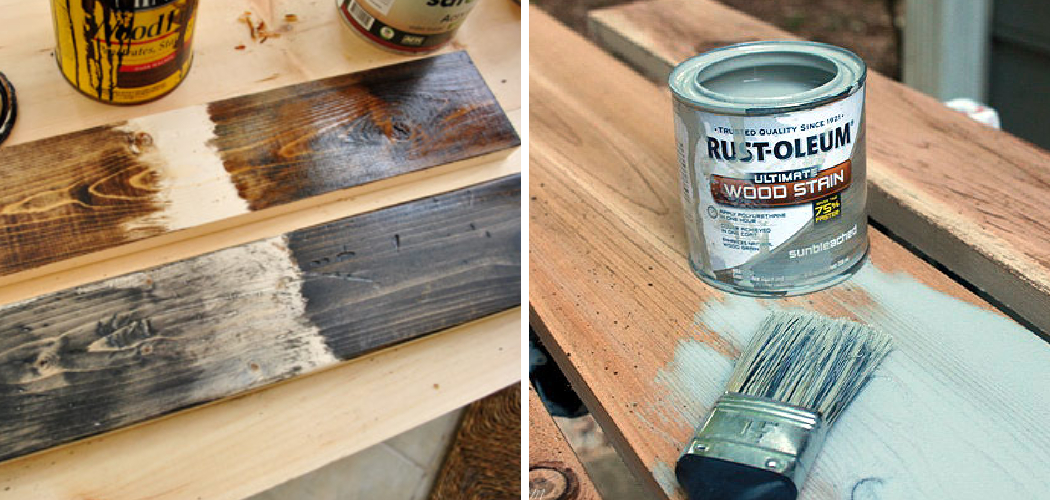Transforming wood to achieve a rustic look with paint is a popular technique that adds warmth and character to furniture, decor, and even entire rooms.
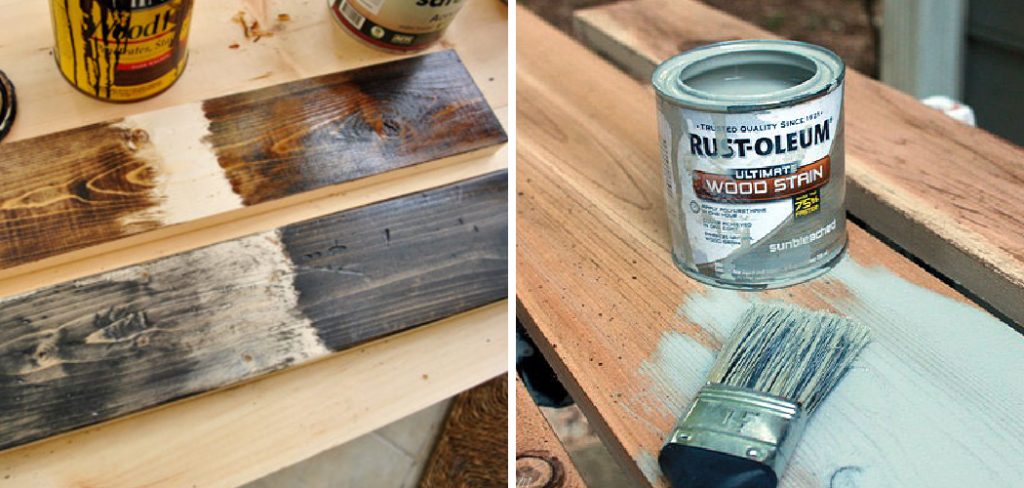
Whether you’re aiming to create a weathered, aged appearance or emulate the charm of reclaimed wood, mastering this process allows for versatile and personalized design options. This guide will explore step-by-step methods for achieving a rustic finish with paint, including choosing the right paint colors and techniques such as dry brushing, distressing, and layering.
We’ll discuss how to prep the wood surface for optimal paint adhesion and durability, as well as tips for sealing and finishing to enhance the rustic effect. Whether you’re a novice DIY enthusiast or seasoned crafter, learning how to make wood look rustic with paint opens up endless possibilities for creating inviting and distinctive spaces in your home or workspace.
The Appeal of Rustic Wood Finishes
The appeal of rustic wood finishes lies in their ability to create a sense of timelessness and authenticity in a space. Rustic finishes evoke the charm of simpler times, where craftsmanship and natural materials took center stage.
This aesthetic blends seamlessly with various design styles, from farmhouse and shabby chic to modern rustic and industrial. The imperfect, textured appearance of rustic wood brings a unique character to furniture and decor, making each piece distinct.
Additionally, rustic finishes can infuse warmth and coziness into a room, making any space feel more inviting and lived-in. For environmentally conscious individuals, rustic wood finishes can also align with sustainable practices, as they often involve repurposing or rejuvenating aged wood.
Understanding Rustic Wood Finishes
To truly master rustic wood finishes, it’s essential to understand the various techniques and materials involved in creating this charming aesthetic. At its core, a rustic finish mimics the effect of time-worn wood, often incorporating elements such as chipped paint, weathered stains, and natural patina. Different techniques can be employed to achieve these results, each bringing its own unique texture and character to the wood.
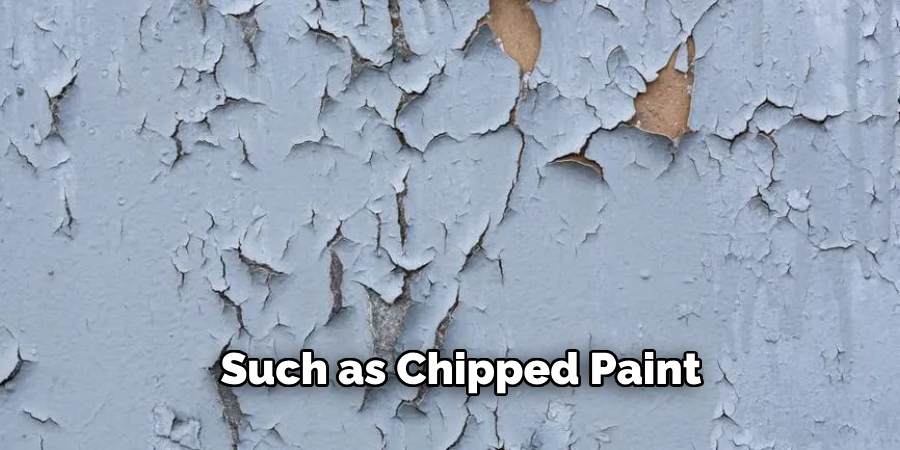
One fundamental method is distressing, which involves creating intentionally worn or aged marks on the wood surface. This can be done using tools like hammers, chains, or wire brushes to add dents, scratches, and grooves. Dry brushing is another popular technique, where a minimal amount of paint is applied with a dry brush, allowing the wood grain to remain visible and creating a streaky, rustic look.
Layering colors is also an effective way to add depth and complexity to a rustic finish. By applying multiple thin coats of different paint colors, and then sanding through the layers in certain areas, you can create a multi-dimensional, weathered appearance. Staining and waxing can further enhance the finish, adding richness and a protective layer that highlights the natural beauty of the wood.
10 Methods How to Make Wood Look Rustic with Paint
01.Choosing the Right Wood
Start by selecting the appropriate type of wood for your rustic paint project. Softwoods like pine or cedar are commonly used due to their natural grain patterns and affordability. Hardwoods such as oak or maple can also work but may require additional preparation due to their dense nature. Consider the existing color and grain of the wood as it will influence the final appearance after painting.
02.Preparing the Wood Surface
Preparation is key to achieving a professional-looking rustic finish. Begin by thoroughly cleaning the wood surface to remove dirt, dust, and any existing finish. Use a mild soap solution and a sponge or cloth to clean the wood, then rinse with clean water and allow it to dry completely.
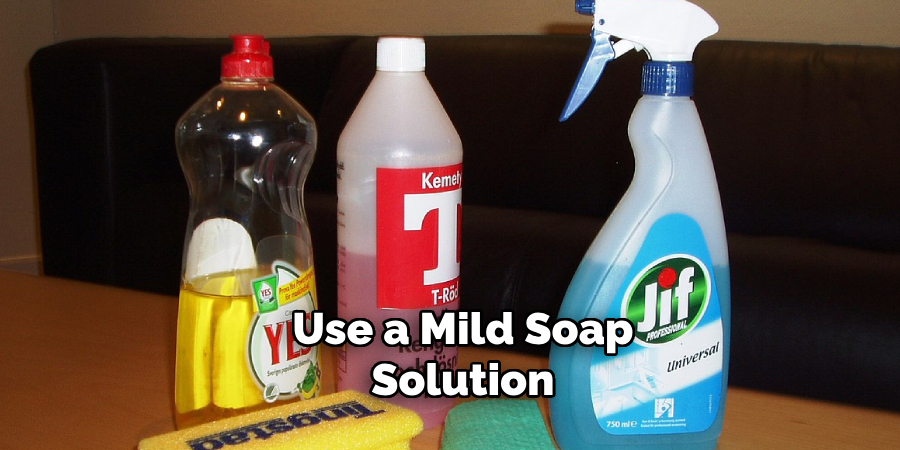
Sand the wood lightly with fine-grit sandpaper to smooth any rough spots or imperfections. Pay particular attention to edges and corners to ensure a smooth transition between painted and unpainted areas.
03.Creating a Distressed Base Coat
Start by applying a base coat of paint in a muted or neutral color that complements your desired rustic aesthetic. Choose colors like beige, taupe, soft gray, or off-white to mimic aged wood tones. Apply the paint using a brush, roller, or paint sprayer, covering the entire wood surface evenly. Allow the base coat to dry completely according to the manufacturer’s instructions.
04.Applying Crackle Medium
Crackle medium is a specialized product that creates a cracked, weathered appearance when applied between layers of paint. After the base coat has dried, apply a layer of crackle medium evenly over the entire surface using a brush or roller. Work in small sections to ensure thorough coverage. Allow the crackle medium to dry partially according to the manufacturer’s instructions—it should feel tacky to the touch but not wet.
05.Adding a Top Coat of Paint
Once the crackle medium is tacky, apply a top coat of paint in a contrasting or complementary color to the base coat. The top coat color will show through the cracks created by the crackle medium, so choose wisely based on the desired aged look. Use long, even strokes with a brush or roller to apply the paint, working quickly to ensure even coverage before the crackle medium fully dries.
06.Creating Faux Wood Grain
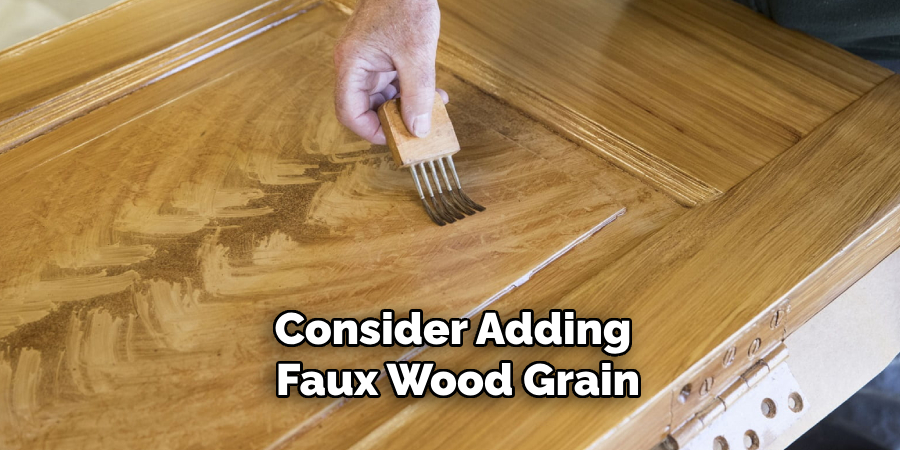
To enhance the rustic appearance of the painted wood, consider adding faux wood grain using a wood graining tool or a dry brush technique. Dip a dry brush into a darker shade of paint, such as brown or black, and lightly drag it across the wood surface in long, irregular strokes following the natural grain pattern. Blend the faux grain strokes with a clean, dry brush or rag to soften the lines and create a subtle wood-like texture.
07.Distressing Techniques
Distressing techniques simulate natural wear and tear to give painted wood a weathered, aged look. Use sandpaper, steel wool, or a putty knife to gently sand or scrape the painted surface along edges, corners, and high-contact areas where wear would naturally occur over time. Focus on areas that would naturally accumulate wear, such as edges of tabletops, chair arms, or drawer fronts. Experiment with different pressures and techniques to achieve varying degrees of distressing for a realistic rustic effect.
08.Adding Antiquing Glaze
Antiquing glaze is a tinted translucent medium that adds depth and dimension to painted wood, enhancing the rustic appearance. After distressing, apply antiquing glaze using a brush or sponge, working it into crevices and distressed areas. Wipe off excess glaze with a clean, lint-free cloth or rag, leaving a subtle aged patina on the surface. Antiquing glaze can be customized by adjusting the amount applied and wiped off, allowing you to control the intensity of the aged effect.
09.Sealing the Finish
Once you achieve the desired rustic look with paint and glaze, protect the finish with a clear sealant or topcoat. Choose a matte, satin, or semi-gloss finish depending on the level of sheen you prefer. Apply the sealant evenly using a brush or roller, following the manufacturer’s instructions for drying times and application techniques. A sealant not only enhances durability but also preserves the painted finish, making it easier to clean and maintain over time.
10.Enhancing Details and Final Touches
Finally, consider enhancing the rustic charm of your painted wood by adding decorative details or final touches. Install vintage-inspired hardware, such as aged brass or wrought iron drawer pulls, to complement the rustic theme.
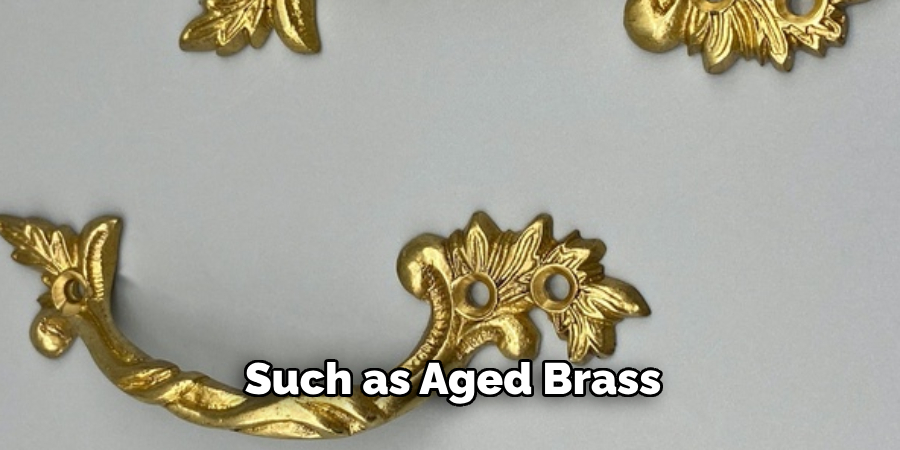
Incorporate natural elements like woven baskets, distressed wood frames, or antique-style textiles to complete the look. Step back and evaluate the overall appearance, making any final adjustments to ensure consistency and cohesion in your rustic painted wood project.
Things to Consider When Creating a Rustic Wood Finish
When embarking on a project to create a rustic wood finish, there are several factors to keep in mind to ensure a successful and aesthetically pleasing outcome. Here are some key considerations:
Choosing the Right Tools and Materials
It’s important to select the appropriate tools and materials for your project. High-quality brushes, rollers, and sandpaper can make a significant difference in the final look of your rustic finish. Additionally, invest in good quality paints, glazes, and sealants as these products will affect the durability and appearance of your project.
Understanding the Wood Type
Different types of wood react differently to paint and distressing techniques. Softwoods like pine and cedar are easier to work with but may require additional preparation to prevent sap bleed-through. Hardwoods such as oak and maple are more durable but can be challenging to distress due to their dense grain.
Testing Techniques on Scrap Wood
Before applying any techniques to your main project, test them on a piece of scrap wood. This allows you to see how the wood reacts to various treatments and helps you refine your techniques without the risk of damaging your primary piece.
Conclusion
In conclusion, transforming wood to achieve a rustic look with paint involves thoughtful preparation, layering techniques, and attention to detail. By following these elaborated methods and experimenting with different paints, finishes, and distressing techniques, you can create customized rustic finishes that add character and warmth to any space or piece of furniture.
Whether you’re a novice or experienced DIY enthusiast, painting wood to look rustic allows you to personalize your home decor with timeless style and charm. Thanks for reading, and we hope this has given you some inspiration on how to make wood look rustic with paint!

